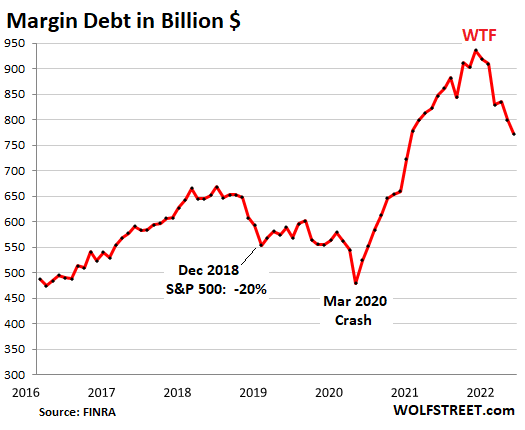There are still way too many people who want to buy when everyone else is buying, and nothing approaching the capitulation and loathing that characterize the true bottom of bear markets. From MN Gordon at economicprism.com:
Bear markets take time. They also provide countless occasions to lose money. With each bounce comes an opportunity for investors to buy higher so they can later sell lower.
Major U.S. stock market indexes hit what is likely an interim bottom in the fall of 2022. Since then, they’ve bounced with incredible vitality. The bounce has brought new confidence to investors at what may end up being the worst possible time.
Many smart people have misconstrued the bear market rally – a sucker’s rally – as the origins of a new bull market. After January’s stellar performance to start the New Year, calls of a bull market have come far and wide.
Maybe these bull market calls are right. Maybe the stock market’s selloff this week was merely a consolidation period. And the major stock market indexes will soon charge past their all-time highs from over a year ago. We’re not so sure.
Billionaire investor Jeremy Grantham, and co-founder of the Boston-based money manager GMO, recently provided a well-reasoned assessment of where the stock market, as measured by the S&P 500, is headed. In his 2023 outlook letter, After a Timeout, Back to the Meat Grinder!, which was published on January 24, Grantham noted:
“While the most extreme froth has been wiped off the market, valuations are still nowhere near their long-term averages. My calculations of trendline value of the S&P 500, adjusted upwards for trendline growth and for expected inflation, is about 3,200 by the end of 2023. I believe it is likely (3 to 1) to reach that trend and spend at least some time below it this year or next.”
As of Thursday’s close, the S&P 500 was at about 4,012. Thus, to hit 3,200, the S&P 500 would have to fall 20 percent. What to make of it?


